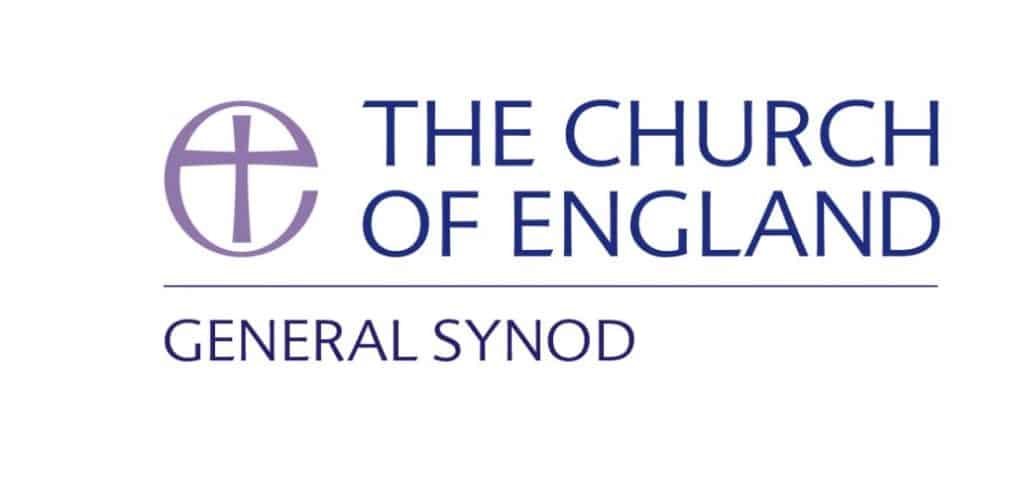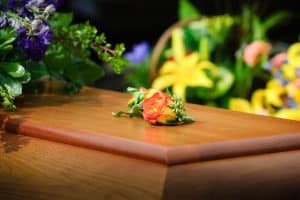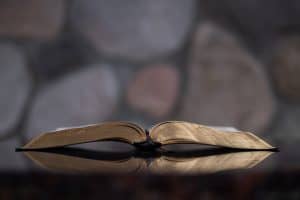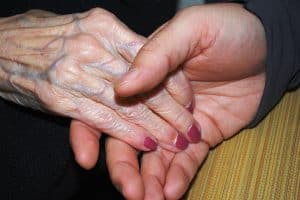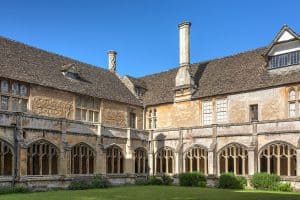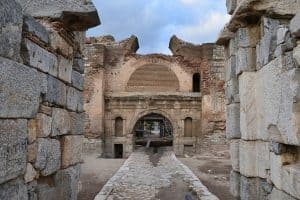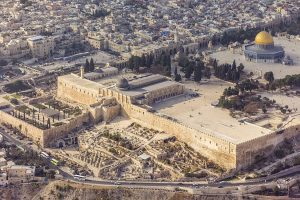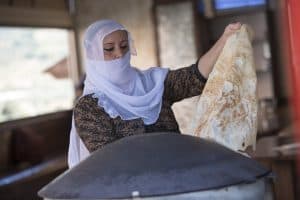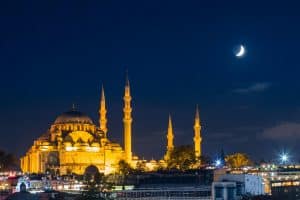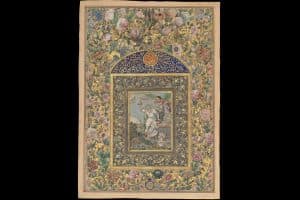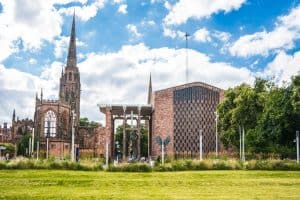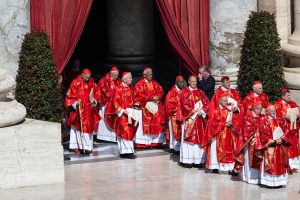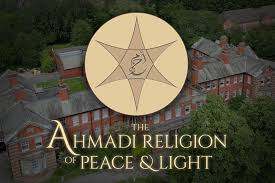by Tim Wyatt
The General Synod is the Church of England’s tripartite elected governing body. Its members of lay Anglicans, clergy and bishops meet two or three times a year to decide on doctrine and policy for the Church.
What does ‘synod’ mean?
Derived from the Greek word synodos, which means assembly or meeting, a synod is a council or gathering of church leaders. They have taken place both sporadically and regularly in almost all Christian denominations and traditions over the centuries.
In the Roman Catholic Church they are occasional councils of bishops who gather to discuss specific issues, but in the Church of England they are formal governing institutions which meet every year.
Are there several synods?
At the bottom of the hierarchy are deanery synods, which cover a small geographical area and have elected representatives from each parish church. They have fairly limited powers.
One level up are diocesan synods, who help to govern each of the C of E’s 42 dioceses – the regional sub-divisions of the Church.
The General Synod is the most senior body, which represents the entire C of E.
Where did it come from?
Historically, as the established national Church, any changes to doctrine or rules had to be made through normal Acts of Parliament.
This changed in 1919 when the C of E persuaded the government to pass a law granting de facto self-government to the Church. This created the Church Assembly, which could pass its own laws, called ‘Measures’. If approved by parliament they become part of the law of the land.
In 1970 the Church Assembly was reformed and reconstituted into the General Synod. The main change which took place then was it absorbed into itself powers previously held by two other ancient bodies, the Convocations of Canterbury and York.
Who is on the synod?
The synod is made up of three houses, with a total of 483 members. The House of Bishops comprises the 42 diocesan (most senior) bishops, as well as nine elected suffragan (junior) bishops. It also meets separately from the synod occasionally throughout the year to discuss strategy and high-level national issues facing the Church.
The House of Clergy comprises about 200 clerics; most are ordinary parish priests elected from each diocese, but there are also a handful of cathedral deans, prison or army chaplains, and monks or nuns.
The House of Laity is also roughly 200-strong, and is made up of lay representatives elected from each diocese, plus a few ex officio members from the C of E bureaucracy and legal establishment.
In addition, there are a small number of non-voting members who come to observe each synod, mostly representatives from other Christian denominations.
How often is a synod called?
There is always a three to five day session in February and another in July as well. In some years, where there is a lot of business to get through, they hold a third session in November.
Every five years fresh elections are held: anyone on the electoral roll of a local parish church can vote for the lay and clerical representatives to be sent from their diocese. The next elections were due in 2020 but had to be postponed due to the coronavirus pandemic.
Where does it meet?
The February and November sessions take place at Church House, the C of E’s national headquarters in Westminster.
In July, which tends to be a slightly longer session, the synod meets at the University of York.
What does the synod do?
Primarily, the synod is a law-making body. It initiates, scrutinises, debates and then passes legislation to do with almost any aspect of the Church of England. This ranges from changing key doctrines to creating new guidance for Sunday worship to tweaking the rules on when clergy retire, and everything in between.
It also has an important role in scrutinising and approving the Church’s annual budget.
It is also a deliberative body and holds debates and passes resolutions – often on issues such as climate change or knife crime which go beyond the internal workings of the Church – which have no legal force but express the thinking and will of the Church as a whole.
How does the system work?
Normally, a synodical act or Measure begins its life with a review group drawn up of various members of the synod and others to examine a particular issue. They will then issue a report of their conclusions, including a recommendation of whether new legislation is needed to enact any changes they believe are necessary. This report will be debated by the whole synod and then they will agree or reject a motion which calls for the recommendations to be implemented.
If this motion is passed, either the Archbishops’ Council (a kind of executive cabinet of the C of E) or the Business Committee of the synod will ask for a draft of the Measure to be drawn up. A fresh “steering committee” will be appointed of Synod members to shepherd the proposals into law. The draft Measure will then be debated by the Synod in general terms in “First Consideration” and any amendments proposed.
If it is voted through, a revision committee will then go through the draft Measure line by line and consider any proposed amendments. The tweaked text is then re-introduced to the whole Synod for Revision in Full Synod along with a report from the revision committee explaining what changes they have made. More amendments can be made at this point too.
The draft Measure then does one more round of revision via the steering committee, before it returns to the whole Synod for Final Drafting (any last amendments are debated) and then a Final Approval debate. At this stage the Synod can no longer amend the text and must pass the Measure in all three Houses: Laity, Clergy and Bishops. Some major issues of doctrine, such as women bishops, need a two-thirds majority in each House to pass.
What happens next?
Once a Measure has gone through the various stages of scrutiny, revision and debate and been passed by the synod, it is then handed on to a special committee of MPs and peers called the Ecclesiastical Committee. They examine the Measure and if they approve of it will write a report to be presented to both the House of Commons and House of Lords.
If both parts of parliament vote in favour (they cannot amend a Measure, only approve or reject it entirely), it is then sent to the Queen for Royal Assent.
What about canons?
Canons are a separate kind of legislation the synod can also pass. Unlike Measures, they have nothing to do with parliament and are an ancient kind of Church law which only require the approval of the Queen, as Supreme Governor of the Church of England.
The legislative process for them is identical to Measures as they go through the Synod, except once passed they then go straight to Royal Assent. Once signed off by the Queen they have to return one last time to the next session of the synod to be formally enacted.
Traditionally, canons dealt with matters of doctrine and worship, with Measures reserved for more technical and administrative issues. As canons cannot change the law of the land or royal prerogatives, the synod normally passes them in tandem with a Measure giving itself the right to make whatever change the canon enacts, so they are in a sense slightly redundant duplication.
What has the Synod done recently?
The most well-known recent actions by the synod were to legalise women bishops in 2014. This was the culmination of a protracted row between traditionalists and reformers in the Church, stretching all the way back to when women were first allowed to become priests in the early 1990s. After much debate on Synod, a Measure to permit women to become bishops as well finally made its way through to a final debate in 2012 but it was defeated, mostly because some of those who backed the idea in principle thought the proposals did not create sufficient conscience protections for Anglicans who could not accept a woman bishop. The legislation was then quickly reworked and fast-tracked back through the Synod to be passed in 2014. There are now 25 women bishops in the Church, out of a total of approximately 110.
The current most pressing debate is around sexuality. A growing number of synod members would like the C of E to soften its current position on same-sex relationships, although no consensus has formed around whether this would mean in practice. In 2017, after a lengthy process of internal informal debate known as the ‘shared conversations’, the House of Bishops produced a report which concluded there would be no change to doctrine. This provoked an vociferous backlash from the Synod, who unusually voted to not ‘take note’ of the report. Following this rebuke, the bishops decided to spend three years re-examining the issues and produce a new document which summarises the latest theological, sociological and scientific thinking on sexuality. This has effectively nullified any further skirmishes at the synod until the bishops report back with their document in late 2021, two years later than originally planned.
The Synod has also been involved in a major programme in the Church since 2015 called Renewal and Reform. This multi-pronged strategy to turn around decades of decline has included releasing extra money from the Church’s historic endowment to spend on training more clergy and strengthening the national HQ, and a simplification of bureaucracy; both of which have had to be debated and approved by the synod. Plans to close church buildings and re-organise parishes and dioceses have caused anger and been met with resistance.
Aside from internal church politics, the Synod has also weighed in on issues in wider society in recent years. It has discussed racism, climate change, Downs syndrome, knife crime, poverty, education, Covid restrictions, dwindling finances, cathedrals and nuclear weapons.
What’s coming up in the next meeting of the synod?
General synod elections were held in 2021 and the new intake for the next five years met for the first time in November 2021. Aside from continuing social concerns such as poverty and climate change, the major themes for the next five years include racial discrimination, with reports from the new Archbishops Anti-Race Task Force; safeguarding, as the relatively new internal systems to root out sexual abuse are made to work; and dwindling finances and membership forcing closures and re-organisation, with a campaign to save the parish against moves to start up new church communities without clergy or walls. The continuing dispute over attitudes to LGBT people and same sex marriage will feature with decisions from the internal discussion on “Living in Love and Faith”.
Are there any other unusual words you need to know to understand what’s going on at the synod?
Some of the members of the Synod have difficult to understand titles. A few of those in the House of Bishops are suffragan bishops: this means they are more junior bishops who assist their more senior diocesan bishops rather than running a diocese themselves.
Deans are senior priests who are in charge of cathedrals rather than parish churches. There are five places in the House of Clergy set aside for them.
However, the Dean of the Arches and Auditor is not ordained or anything to do with cathedrals, but is instead the most senior judge in the C of E’s independent legal system.
There are also two Vicar-Generals, one for each of the Provinces of Canterbury and York. They are also senior ecclesiastical judges.
Members who sit on the synod ex officio are there not because they have been elected but because of the role they have on another church body, i.e. the Archbishops’ Council.
Finally, there are three Church Estates Commissioners. The First Church Estates Commissioner is the head of the Church Commissioners, the independent body which manages the C of E’s historic £8.3bn endowment. The Second is an MP, normally from the governing party, who acts as a liaison between the Church and parliament. The Third is effectively the First’s deputy.
Each five-year term between elections to the synod is known as a quinquennium.
When a canon has been given Royal Assent it goes back to the next meeting of the synod to be made, promulged and executed. This just means it has been formally enacted.
The Convocations of Canterbury/York are historic bodies which gathered bishops and clergy in each of the two provinces of the Church of England and used to pass canons. Over time they were superseded by parliament and lapsed into disuse. In the 20th century their functions and powers were passed on to the General Synod. They still exist today technically but rarely meet. They are each divided into an Upper House of bishops and a Lower House of clergy.
The Prolocutor of the Lower House of the Convocation of Canterbury/York is a priest who is elected to act as chair of the House of Clergy. There is one from each province.
The Chair/Vice-chair of the House of Laity is the equivalent from the House of Laity.
Tim Wyatt is a freelance religion journalist
Further information
The Church of England’s press office: phone 0207 898 1326 or email [email protected]
The agenda and other papers for the coming synod and previous ones are here: https://www.churchofengland.org/more/policy-and-thinking/work-general-synod/general-synod-agendas-and-papers/general-synod/1159
This is a regularly updated list of all the members of the synod compiled by journalist and long-time expert on synod (and former member) Peter Owen. http://peterowen.org.uk/articles/gsmembers.html?LMCL=kewZX2 [email protected]
(last updated Feb 2022)

